Plastic Dependence Revisited
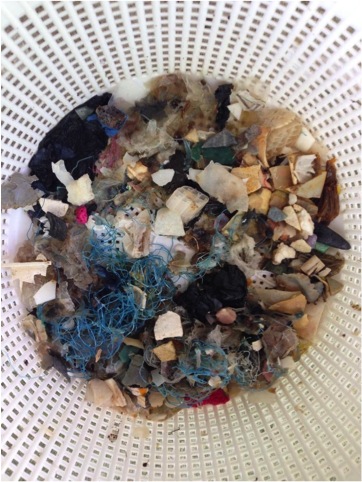
Elephant Biologist | FN'22 The Explorers Club
Elephant Biologist | FN'22 The Explorers Club

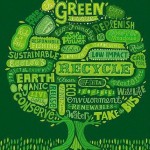 April 22 marked Earth Day. For my part this year I decided to attend a local Earth Day celebration to share information regarding single-use plastic and it’s lasting effects on our environment and wildlife. As I set up my display entitled “Where Does Single-Use Plastic Go When We Are Finished?” I realized that our plastic addiction maybe impossible to give up. I cringed while a watched refreshments being served with plastic utensils. Coffee creamer was made available in single-use plastic containers. Absolutely none of these items were recycled. Craft projects made from recycled or reclaimed materials were transported home in plastic bags. What message is truly being sent?
April 22 marked Earth Day. For my part this year I decided to attend a local Earth Day celebration to share information regarding single-use plastic and it’s lasting effects on our environment and wildlife. As I set up my display entitled “Where Does Single-Use Plastic Go When We Are Finished?” I realized that our plastic addiction maybe impossible to give up. I cringed while a watched refreshments being served with plastic utensils. Coffee creamer was made available in single-use plastic containers. Absolutely none of these items were recycled. Craft projects made from recycled or reclaimed materials were transported home in plastic bags. What message is truly being sent?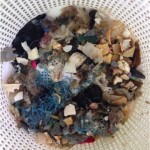 10% (two million tons). That means that more than 80% (30 million tons) of plastic bottles, straws, food containers, cup lids, cups, packaging, utensils, and grocery bags, to name only a few, are simply discarded. Furthermore, it is estimated that only approximately half of this amount finds it’s way into an appropriate waste receptacle where it is deposited at a landfill.
10% (two million tons). That means that more than 80% (30 million tons) of plastic bottles, straws, food containers, cup lids, cups, packaging, utensils, and grocery bags, to name only a few, are simply discarded. Furthermore, it is estimated that only approximately half of this amount finds it’s way into an appropriate waste receptacle where it is deposited at a landfill.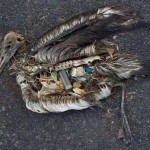 As a diver I can tell you that plastic, in varying degrees of disintegration, has showed up on almost every open water dive I have logged. It is hard to ignore plastic that washes up on our beaches but what is under the surface that is easily forgotten tells a more devastating story. At present, billions of pounds of plastic can be found circulating through the ocean gyres. And it’s not just our oceans at risk. According to Ecowatch, water samples from Lake Erie contained plastic particles that were smaller than two-tenths of an inch. Data analysis found 1.7 million tiny plastic particles originating from 1,500 sources per square mile.
As a diver I can tell you that plastic, in varying degrees of disintegration, has showed up on almost every open water dive I have logged. It is hard to ignore plastic that washes up on our beaches but what is under the surface that is easily forgotten tells a more devastating story. At present, billions of pounds of plastic can be found circulating through the ocean gyres. And it’s not just our oceans at risk. According to Ecowatch, water samples from Lake Erie contained plastic particles that were smaller than two-tenths of an inch. Data analysis found 1.7 million tiny plastic particles originating from 1,500 sources per square mile.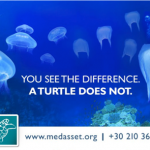 to secondary ingestion. Sea turtles often mistake floating plastic bags as jellyfish. Ingestion of a single bag can cause choking or gastrointestinal blockage that ultimately will kill these magnificent creatures. Moreover, entanglements of discarded plastic and net can trap many species, leading to an untimely death.
to secondary ingestion. Sea turtles often mistake floating plastic bags as jellyfish. Ingestion of a single bag can cause choking or gastrointestinal blockage that ultimately will kill these magnificent creatures. Moreover, entanglements of discarded plastic and net can trap many species, leading to an untimely death.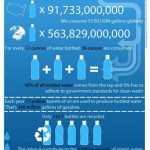 plastic demand. It may take extra time to wash these items, but you will be doing generations to come a huge service. Purchase reusable coffee mugs from your favorite café. Not only will you be doing the environment a favor but you will also get a discount on your coffee. Take reusable shopping bags with you on every single shopping trip. More than one million plastic bags are used every minute. Just say no! Lastly, if you have to use single-use plastic, please recycle
plastic demand. It may take extra time to wash these items, but you will be doing generations to come a huge service. Purchase reusable coffee mugs from your favorite café. Not only will you be doing the environment a favor but you will also get a discount on your coffee. Take reusable shopping bags with you on every single shopping trip. More than one million plastic bags are used every minute. Just say no! Lastly, if you have to use single-use plastic, please recycle